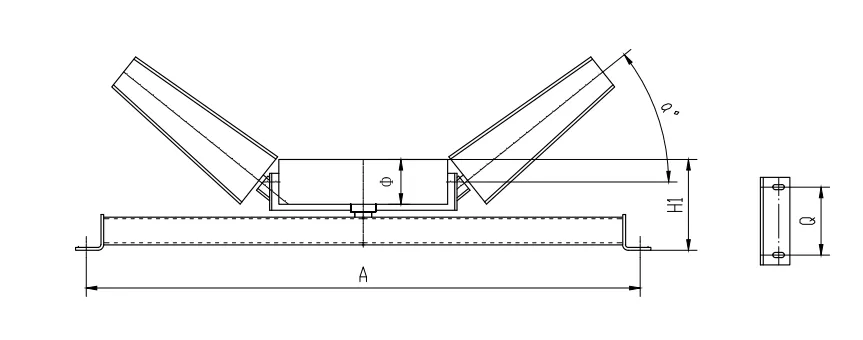 Afrikaans
Afrikaans  Albanian
Albanian  Amharic
Amharic  Arabic
Arabic  Armenian
Armenian  Azerbaijani
Azerbaijani  Basque
Basque  Belarusian
Belarusian  Bengali
Bengali  Bosnian
Bosnian  Bulgarian
Bulgarian  Catalan
Catalan  Cebuano
Cebuano  Corsican
Corsican  Croatian
Croatian  Czech
Czech  Danish
Danish  Dutch
Dutch  English
English  Esperanto
Esperanto  Estonian
Estonian  Finnish
Finnish  French
French  Frisian
Frisian  Galician
Galician  Georgian
Georgian  German
German  Greek
Greek  Gujarati
Gujarati  Haitian Creole
Haitian Creole  hausa
hausa  hawaiian
hawaiian  Hebrew
Hebrew  Hindi
Hindi  Miao
Miao  Hungarian
Hungarian  Icelandic
Icelandic  igbo
igbo  Indonesian
Indonesian  irish
irish  Italian
Italian  Japanese
Japanese  Javanese
Javanese  Kannada
Kannada  kazakh
kazakh  Khmer
Khmer  Rwandese
Rwandese  Korean
Korean  Kurdish
Kurdish  Kyrgyz
Kyrgyz  Lao
Lao  Latin
Latin  Latvian
Latvian  Lithuanian
Lithuanian  Luxembourgish
Luxembourgish  Macedonian
Macedonian  Malgashi
Malgashi  Malay
Malay  Malayalam
Malayalam  Maltese
Maltese  Maori
Maori  Marathi
Marathi  Mongolian
Mongolian  Myanmar
Myanmar  Nepali
Nepali  Norwegian
Norwegian  Norwegian
Norwegian  Occitan
Occitan  Pashto
Pashto  Persian
Persian  Polish
Polish  Portuguese
Portuguese  Punjabi
Punjabi  Romanian
Romanian  Russian
Russian  Samoan
Samoan  Scottish Gaelic
Scottish Gaelic  Serbian
Serbian  Sesotho
Sesotho  Shona
Shona  Sindhi
Sindhi  Sinhala
Sinhala  Slovak
Slovak  Slovenian
Slovenian  Somali
Somali  Spanish
Spanish  Sundanese
Sundanese  Swahili
Swahili  Swedish
Swedish  Tagalog
Tagalog  Tajik
Tajik  Tamil
Tamil  Tatar
Tatar  Telugu
Telugu  Thai
Thai  Turkish
Turkish  Turkmen
Turkmen  Ukrainian
Ukrainian  Urdu
Urdu  Uighur
Uighur  Uzbek
Uzbek  Vietnamese
Vietnamese  Welsh
Welsh  Bantu
Bantu  Yiddish
Yiddish  Yoruba
Yoruba  Zulu
Zulu types of pulley in conveyor
Types of Pulleys in Conveyors
Pulleys play a crucial role in the operation of conveyor systems, which are essential in various industries for the transportation of materials. Conveyors can efficiently move a wide variety of goods across different distances and elevations, and the choice of pulley type significantly impacts their effectiveness. Understanding the different types of pulleys used in conveyors can help in selecting the right system for specific applications, leading to enhanced productivity and reduced maintenance costs.
1. Drive Pulleys
Drive pulleys, also known as head pulleys, are integral components of conveyor systems. They are located at the discharge end of the conveyor and are connected to a drive motor. The primary function of the drive pulley is to provide the necessary traction to move the conveyor belt. The surface of the drive pulley is typically textured or covered with rubber to enhance grip. These pulleys are engineered to withstand significant forces and are often larger in diameter to facilitate smoother operations in high-capacity applications.
Return pulleys, located at the tail end of the conveyor system, serve a crucial purpose in ensuring the belt returns to the drive pulley. These pulleys are typically smaller in diameter than drive pulleys and are designed to support the return section of the conveyor belt without applying excessive tension. Proper alignment and support by return pulleys help maintain the belt's stability, reducing wear and tear over time. Furthermore, the materials used in return pulleys are selected based on the environmental conditions and the type of materials being conveyed.
3. Take-Up Pulleys
types of pulley in conveyor

Take-up pulleys are essential for maintaining the proper tension in the conveyor belt. They enable adjustments to be made when the belt stretches or when it experiences wear. Take-up pulleys can be found on both the drive and return ends of the conveyor system. They are configured with a mechanical device that allows operators to increase or decrease the distance between pulleys, thus adjusting belt tension. Frequent tension checks are vital for ensuring smooth operation and prolonging the lifespan of the conveyor belt.
4. Snub Pulleys
Snub pulleys, though often overlooked, play an important role in changing the direction of the conveyor belt. They provide additional contact points with the belt, enabling better wrap around the drive pulley and enhancing traction. Snub pulleys are typically smaller and strategically positioned at angles where the belt would benefit from better grip and direction control. Their placement can lead to a reduction in slippage and improve the overall efficiency of the conveyor system.
5. Conveyor Pulleys for Special Applications
In addition to standard types, there are specialized pulleys designed for unique applications. For instance, magnetic pulleys are used in recycling plants to separate ferrous materials from non-ferrous during the conveyance process. Similarly, ceramic-coated pulleys are utilized in high-temperature environments to handle hot materials.
In conclusion, selecting the right type of pulley for a conveyor system is essential for optimizing performance and ensuring operational efficiency. Each type of pulley—drive, return, take-up, snub, or specialized—contributes to the overall functionality of the conveyor and should be carefully considered based on the specific requirements of the application. Understanding these types can lead to improved equipment longevity and operational success.
-
Revolutionizing Conveyor Reliability with Advanced Rubber Lagging PulleysNewsJul.22,2025
-
Powering Precision and Durability with Expert Manufacturers of Conveyor ComponentsNewsJul.22,2025
-
Optimizing Conveyor Systems with Advanced Conveyor AccessoriesNewsJul.22,2025
-
Maximize Conveyor Efficiency with Quality Conveyor Idler PulleysNewsJul.22,2025
-
Future-Proof Your Conveyor System with High-Performance Polyurethane RollerNewsJul.22,2025
-
Driving Efficiency Forward with Quality Idlers and RollersNewsJul.22,2025





























